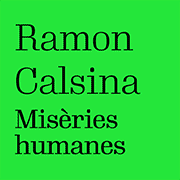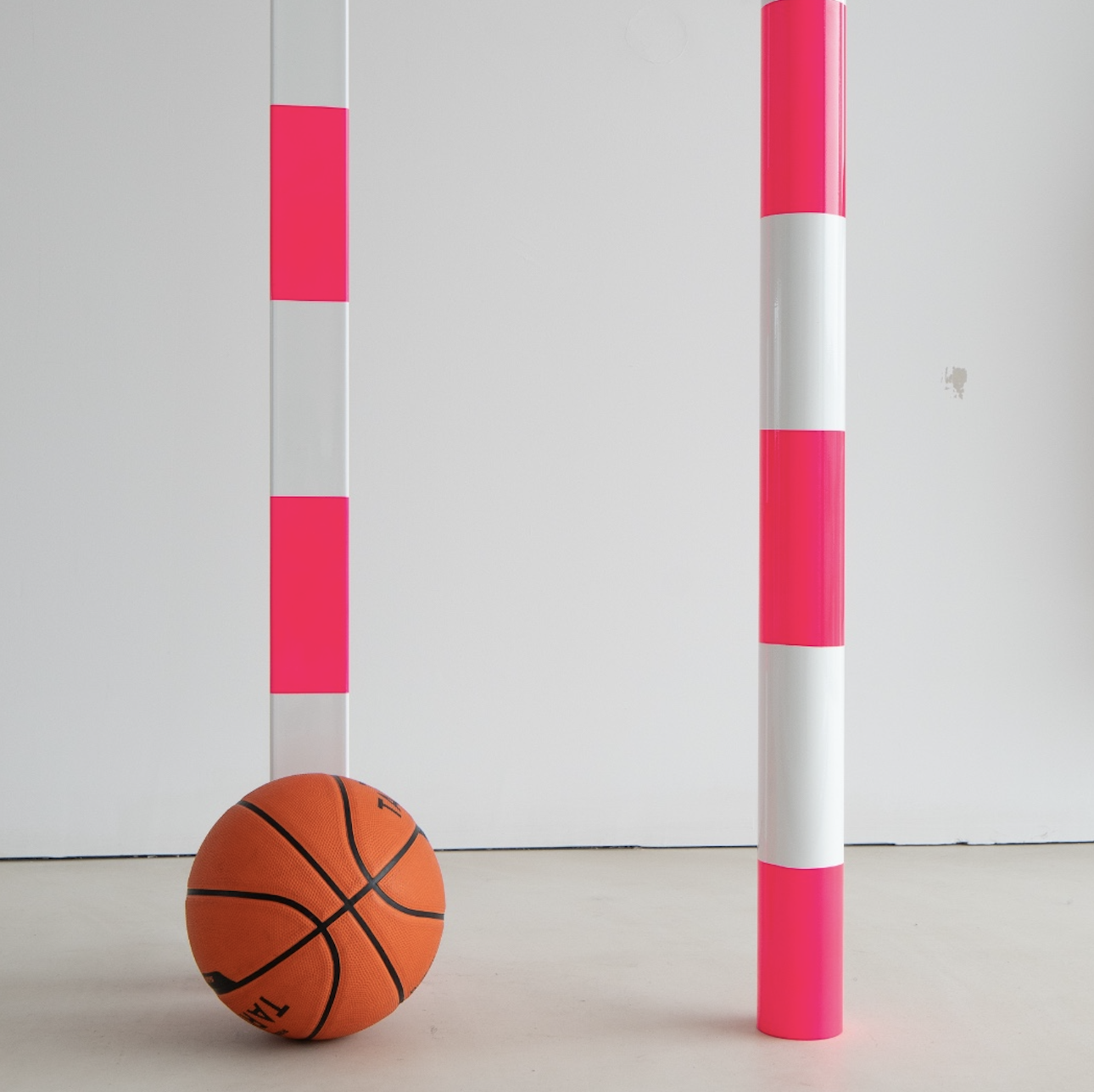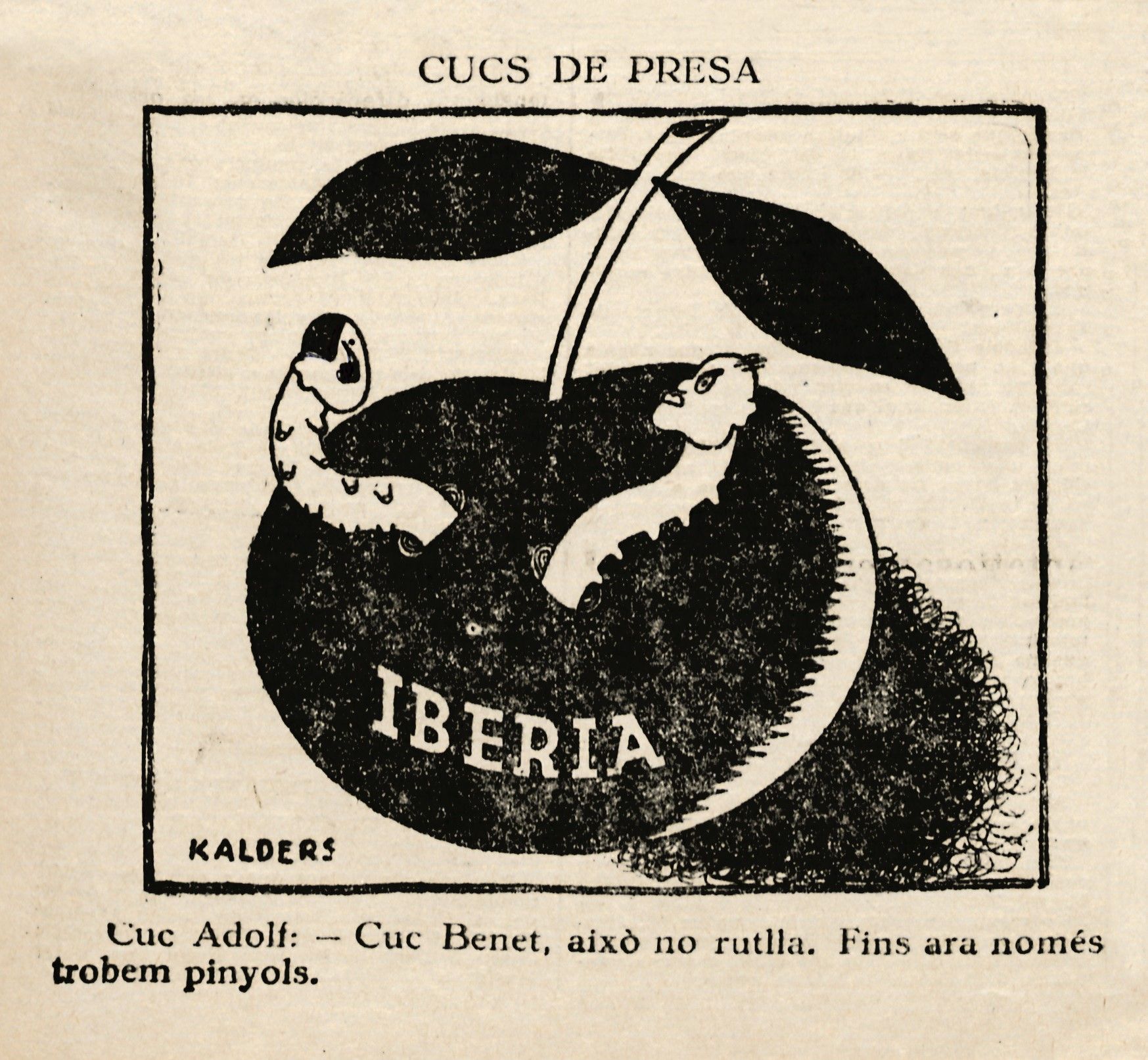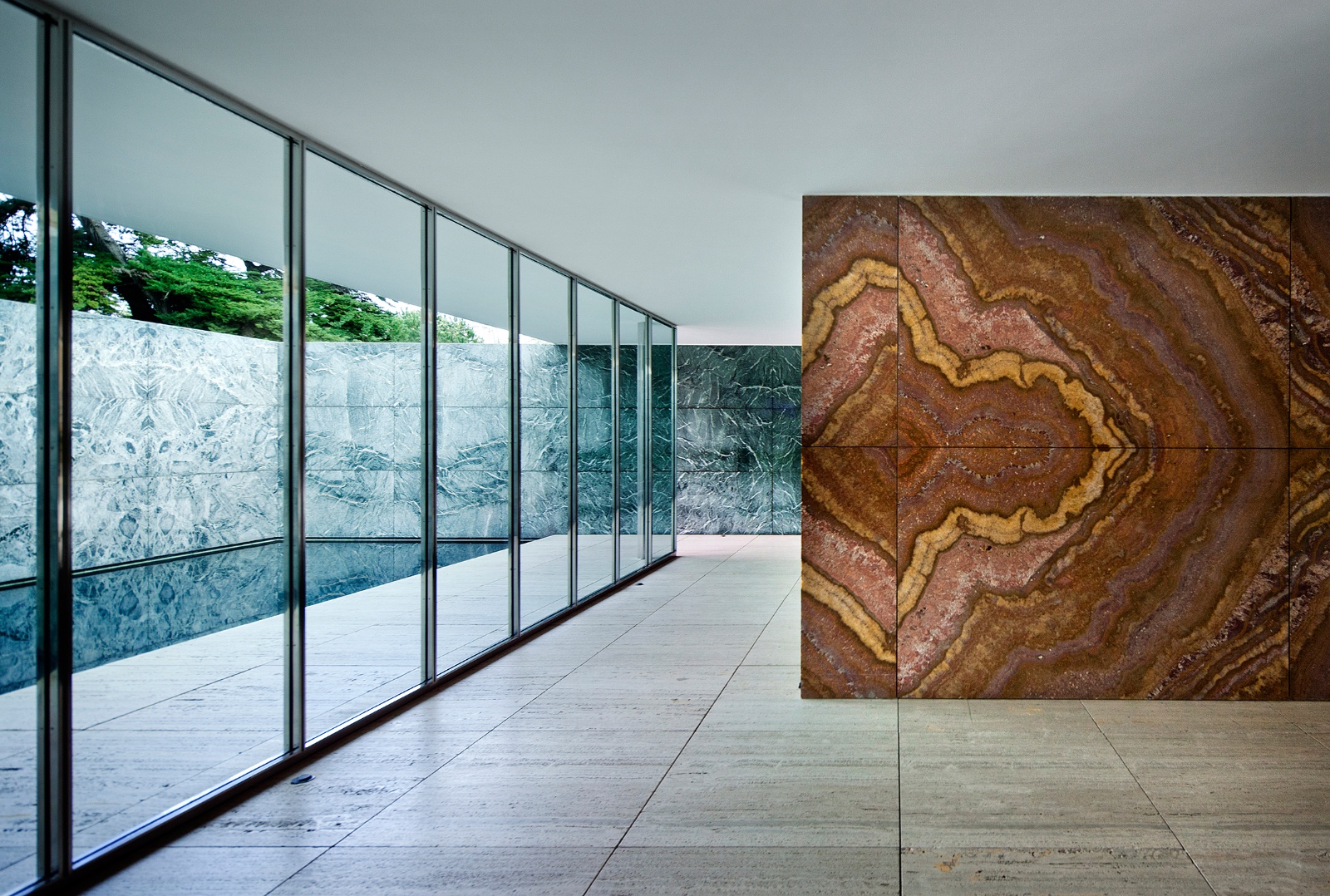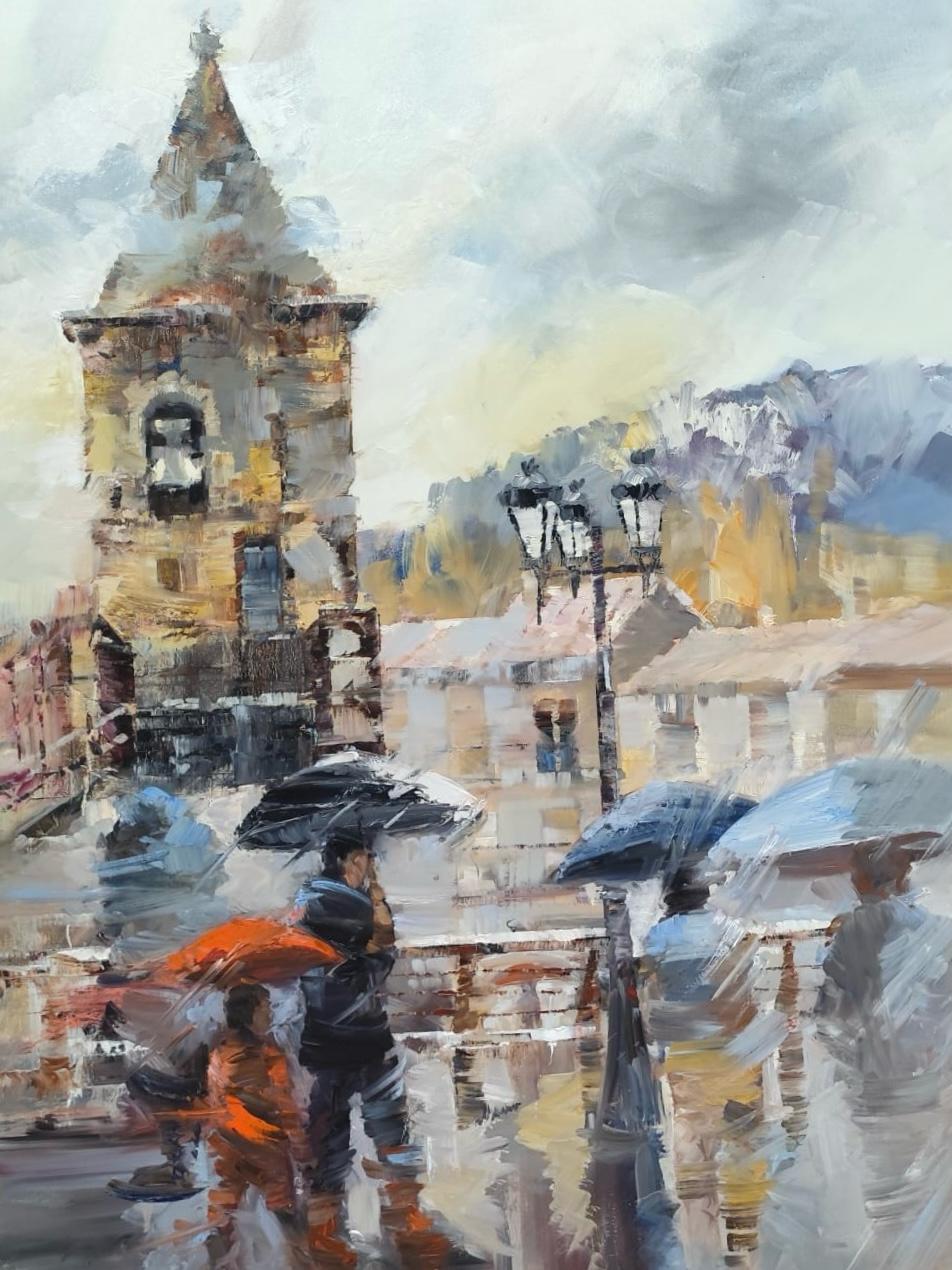Exhibitions
The connection between Orant de Pedret and Joan Miró
The Solsona Museum creates a new temporary exhibition between the iconic mural work and the universality of Joan Miró.

A visit to the Diocesan and Regional Museum of Solsona is a must and you can enjoy for a while L'orant i Miró. Esperit mural, curated by Marta Ricart , the new temporary exhibition that can be seen until July 4. A tour that explores the relationship of a universal artist like Joan Miró with the fresco of L'orant de Pedret , an emblematic work of the Solsona facility.
It is an exhibition that generates multiple options for the viewer and visitor, starting with having the opportunity to discover new connections, to reaching the possibility of creating and finding new stories within the Solsona Museum. From that creation at the beginning of the 11th century known as The Praying Man of Pedret to Joan Miró, to discuss and consider aspects of artistic creation, of space, but also to take a look at the past and the present. Miró visited Solsona in April 1951 and had this moment of encounter with mural painting and from this encounter, the museum has configured a route and a vision with criteria of mural creation, comparable to a spatial architectural process, in addition to approaching the figure of Joan Miró from a new perspective and thus unraveling a series of common elements of mural painting, creative languages and possible inspirations.

“Mural art is the opposite of solitary creation; while its personality must be preserved, it must also be deeply committed to the collective work. It is an exciting experience, but full of risks, which must be done in its location and not in the solitude of the workshop” explained Joan Miró in the summer of 1958.
The big question that the Solsona Museum is raising with this temporary exhibition - Miró takes over from Picasso at the Solsona museum in temporary exhibitions - is who finds whom and who does what: is it Miró who finds the work The Praying Man or is it the other way around? A fascinating question, without forgetting that the work of The Praying Man is an icon of the museum.
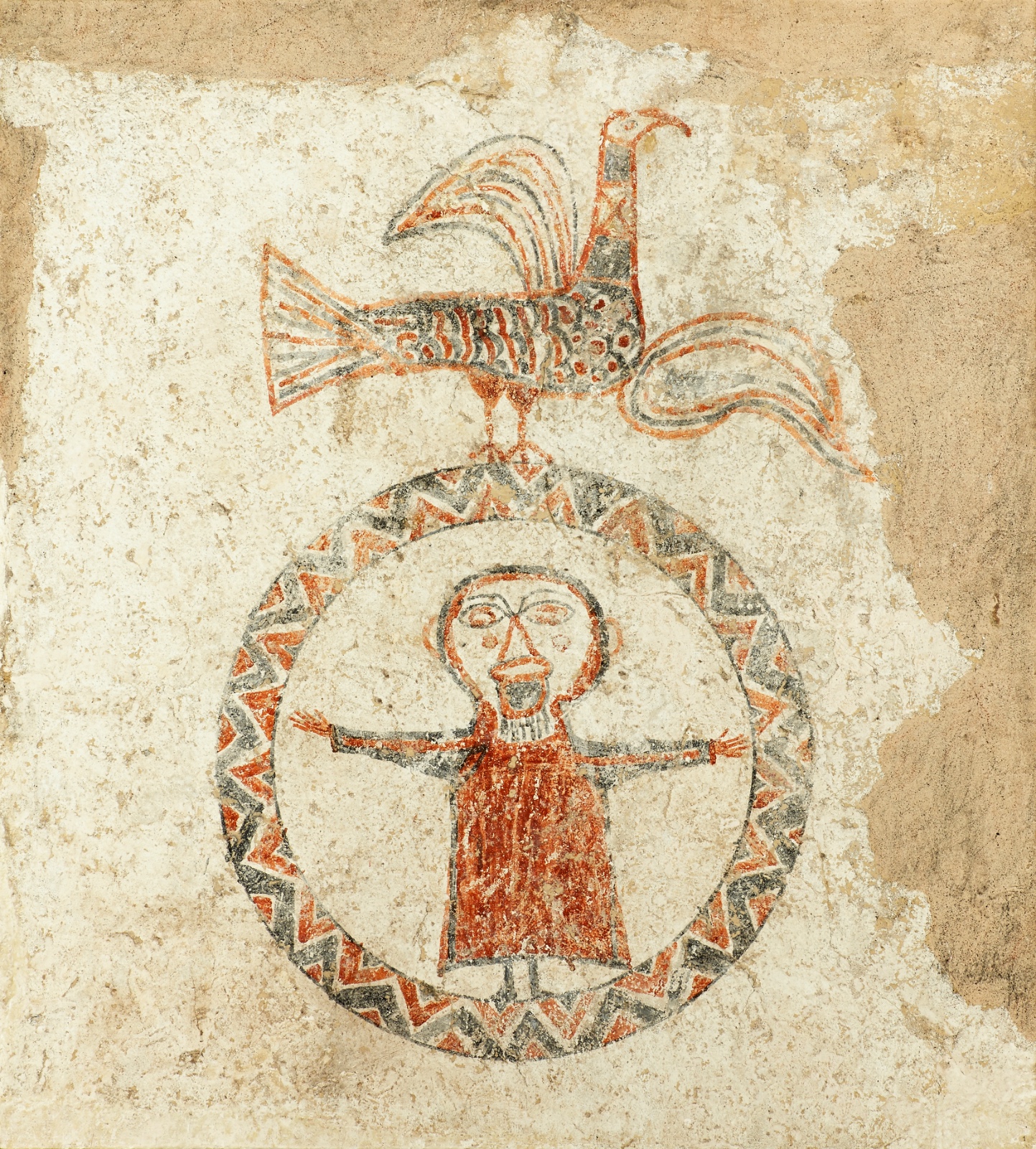 Orant de Pedret © Museu de Solsona
Orant de Pedret © Museu de Solsona
The Pedret mural was discovered in 1937 and features a male figure, wearing a tunic and crowned by a peacock, along with another fragment called Cavaller. Marta Ricart has researched the figure of Joan Miró in recent years and is translated into a temporary exhibition that can give rise to thoughts about possible connections and ideas of the artist with future works, although Miró never explained anything about the Orant, but he had the mural with reproductions in his workshops in Palma and Mont-roig.
Relationship between space, work and anonymity and an encounter between Joan Miró and Orant in 1951. An exhibition with different points of view on the course, but also within the universality of the artist and his creative processes. At the Solsona Museum, a work of journeys and concepts originates as Marta Ricart explains and ultimately it is an apotheosic journey that every visitor to art must make.
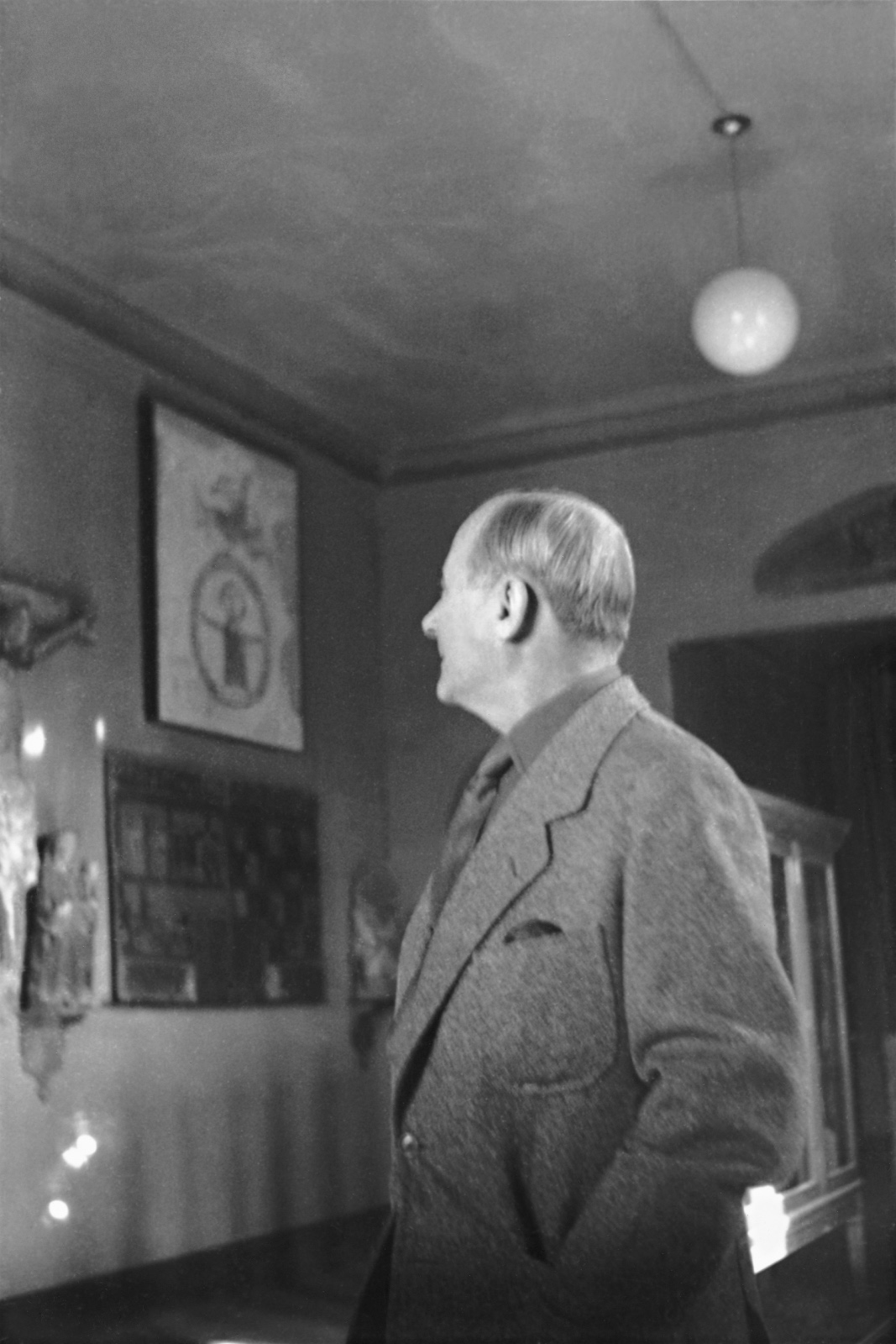 Miró al Museu de Solsona davant Orant de Pedret, 1951. © Col·lecció Tormo Ballester
Miró al Museu de Solsona davant Orant de Pedret, 1951. © Col·lecció Tormo Ballester



